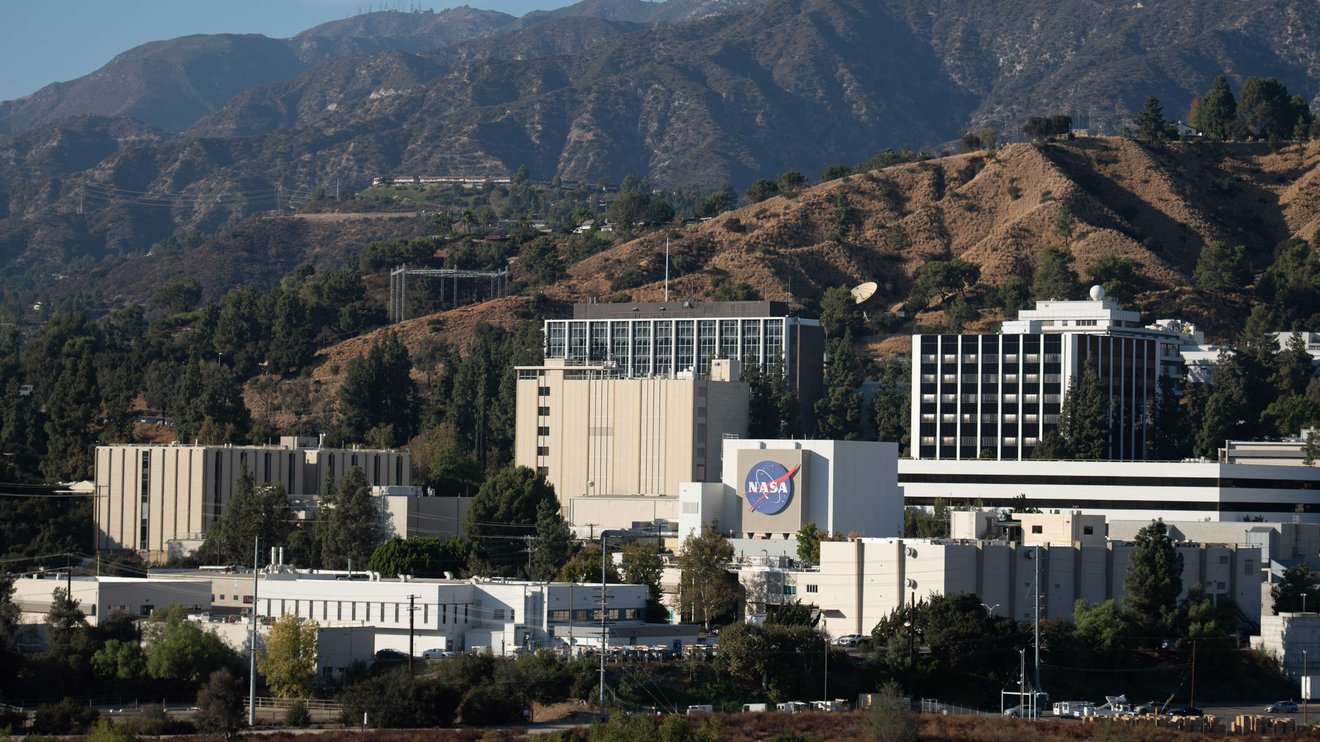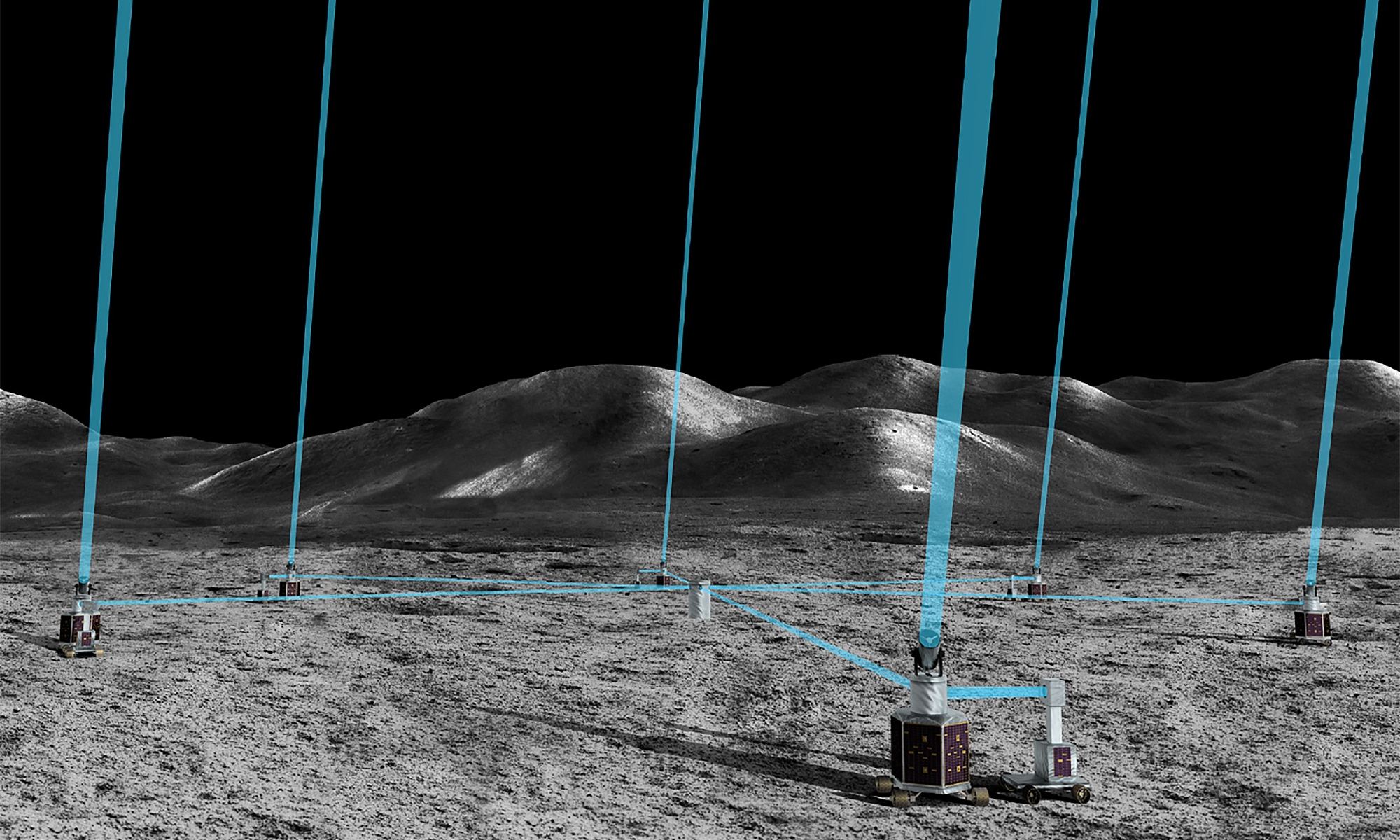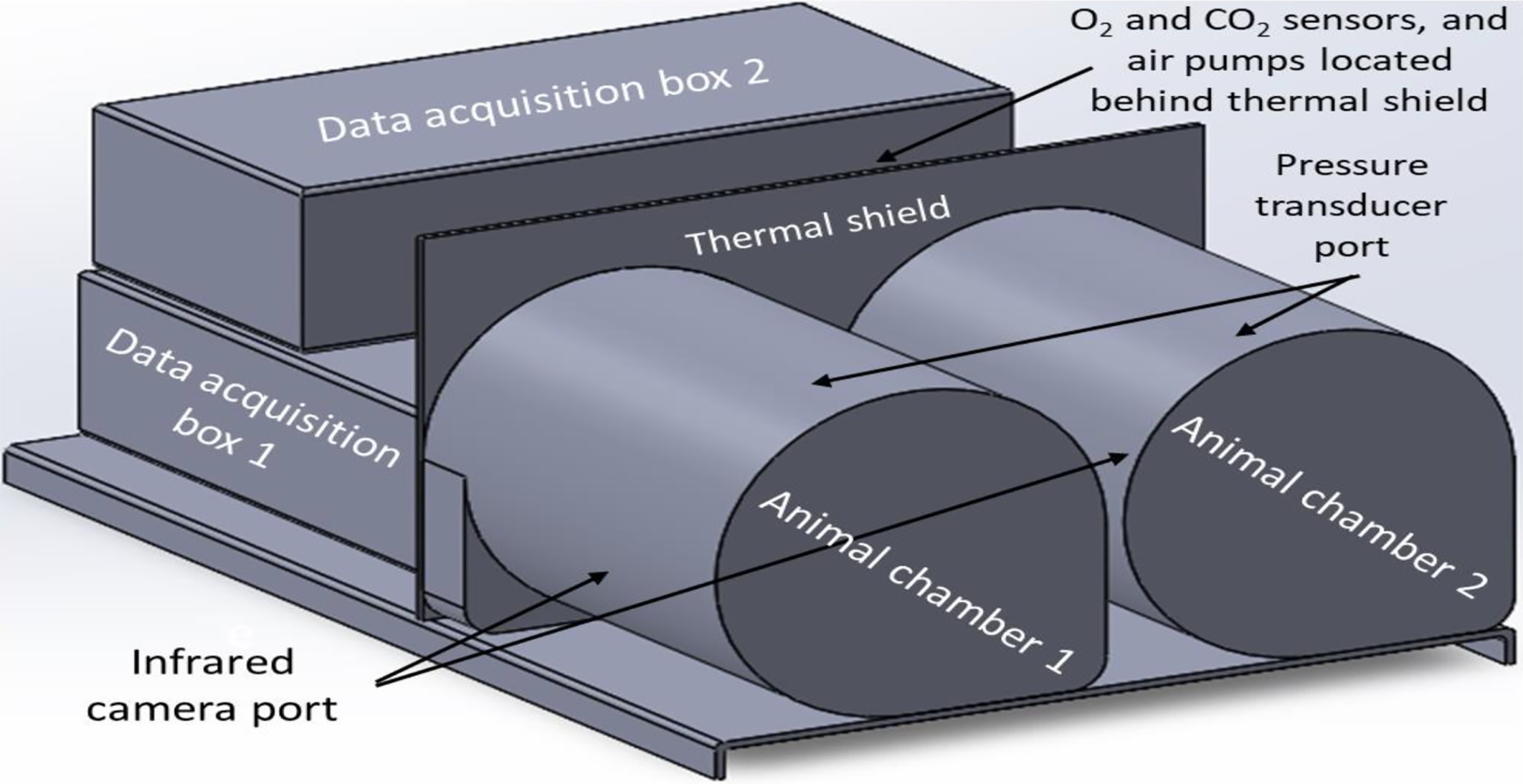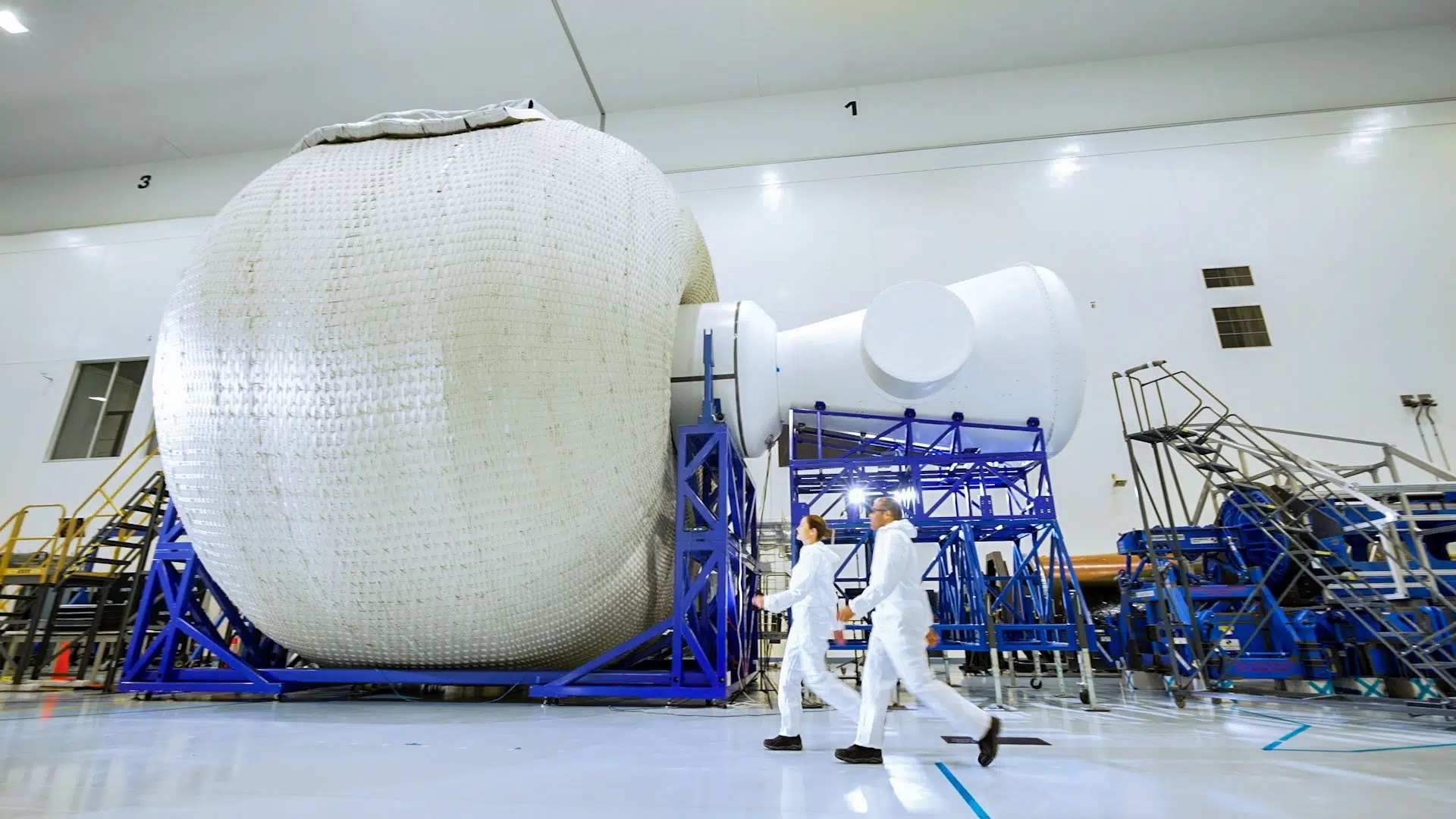Considerable effort goes into the design of space suits and space agencies across the world are always working on improvements to enhance safety and mobility of the designs. NASA is now working with Collins Aerospace to develop their next generation spacesuit for the International Space Station. The new designs are tested extensively and recently, the new design was subjected to a ZeroG flight on board a diving aircraft.
Continue reading “Next Generation Spacesuit Gets Tested in Weightlessness”NASA Launches a New Mission to Study the Effects of Climate Change
NASA’s Plankton, Aerosol, Climate, ocean Ecosystem (PACE) satellite successfully launched and reached on Thursday, February 10th. The mission took off from Space Launch Complex 40 at Cape Canaveral Space Force Station in Florida, at 1:33 am EST 10:33 pm (PST) atop a SpaceX Falcon 9 rocket. About five minutes after launch, NASA confirmed that ground stations on Earth had acquired a signal from the satellite and were receiving data on its operational status and capabilities post-launch. For the next three years, the mission will monitor Earth’s ocean and atmosphere and study the effects of climate change.
Continue reading “NASA Launches a New Mission to Study the Effects of Climate Change”NASA’s JPL Lays Off Hundreds of Workers

In a disheartening turn of events, NASA’s Jet Propulsion Laboratory has announced that it’s laying off about 8% of its workforce. That means that about 530 JPL employees will be let go, along with about 40 employees of the Lab’s contractors. That sucks for the people being let go, but the bigger concern for the rest of us is what will happen to upcoming missions like Mars Sample Return (MSR)?
Continue reading “NASA’s JPL Lays Off Hundreds of Workers”NASA Gives Dreamchaser the Shakedown
It’s been a while since NASA has had a spaceplane on the launchpad but this now feels closer than ever again. Their new prototype cargo spaceplane known as Dream Chaser is now undergoing vibration and vacuum testing at the Neil Armstrong test facility. The tests sound a little strange perhaps but on launch and during re-entry it will most definitely experience shaking during these phases of the flights.
Continue reading “NASA Gives Dreamchaser the Shakedown”A Magnetohydrodynamic Drive Could Lead to Fuel Stations on Mars

Within the next fifteen years, NASA, China, and SpaceX plan to send the first crewed missions to Mars. In all three cases, these missions are meant to culminate in the creation of surface habitats that will allow for many returns and – quite possibly – permanent human settlements. This presents numerous challenges, one of the greatest of which is the need for plenty of breathable air and propellant. Both can be manufactured through electrolysis, where electromagnetic fields are applied to water (H2O) to create oxygen gas (O2) and liquid hydrogen (LH2).
While Mars has ample deposits of water ice on its surface that make this feasible, existing technological solutions fall short of the reliability and efficiency levels required for space exploration. Fortunately, a team of researchers from Georgia Tech has proposed a “Magnetohydrodynamic Drive for Hydrogen and Oxygen Production in Mars Transfer” that combines multiple functionalities into a system with no moving parts. This system could revolutionize spacecraft propulsion and was selected by NASA’s Innovative Advanced Concepts (NIAC) program for Phase I development.
Continue reading “A Magnetohydrodynamic Drive Could Lead to Fuel Stations on Mars”NASA Gives us an Update on its Long-term Plans for the Moon and Mars

Going to Mars is a major step in space exploration. It’s not a quick jaunt nor will it be easy to accomplish. The trip is already in the planning stages, and there’s a good chance it’ll happen in the next decade or so. That’s why NASA and other agencies have detailed mission scenarios in place, starting with trips to the Moon. Recently, NASA updated its “Moon to Mars Architecture” documents, including a closer look at some key decisions about Mars exploration.
Continue reading “NASA Gives us an Update on its Long-term Plans for the Moon and Mars”NASA Wants to Put a Massive Telescope on the Moon

As part of the Artemis Program, NASA intends to establish all the necessary infrastructure to create a “sustained program of lunar exploration and development.” This includes the Lunar Gateway, an orbiting habitat that will enable regular trips to and from the surface, and the Artemis Base Camp, which will permit astronauts to remain there for up to two months. Multiple space agencies are also planning on creating facilities that will take advantage of the “quiet nature” of the lunar environment, which includes high-resolution telescopes.
As part of this year’s NASA Innovative Advance Concepts (NIAC) Program, a team from NASA’s Goddard Space Flight Center has proposed a design for a lunar Long-Baseline Optical Imaging Interferometer (LBI) for imaging at visible and ultraviolet wavelengths. Known as the Artemis-enabled Stellar Imager (AeSI), this proposed array of multiple telescopes was selected for Phase I development. With a little luck, the AeSI array could be operating on the far side of the Moon, taking detailed images of stellar surfaces and their environments.
Continue reading “NASA Wants to Put a Massive Telescope on the Moon”Watch a House-Sized Space Habitat (Intentionally) Burst
We live in an age of renewed space exploration, colloquially known as Space Age 2.0. Unlike the previous one, this new space age is characterized by inter-agency cooperation and collaboration between space agencies and the commercial space industry (aka. NewSpace). In addition to sending crews back to the Moon and onto Mars, a major objective of the current space age is the commercialization of Low Earth Orbit (LEO). That means large constellations of satellites, debris mitigation, and plenty of commercial space stations.
To accommodate this commercial presence in LEO, Sierra Space has developed the Large Integrated Flexible Environment (LIFE) habitat, an inflatable module that can be integrated into future space stations. As part of the Commercial Low Earth Orbit Development Program, NASA, Sierra Space, and ILC Dover (the Delaware-based engineering manufacturing company) recently conducted a full-scale burst pressure test of their LIFE habitat. The test occurred at NASA’s Marshall Space Flight Center in Huntsville, Alabama, and was caught on video (see below).
Continue reading “Watch a House-Sized Space Habitat (Intentionally) Burst”NASA 2024 NIAC Program Selects Deep-Space Hibernation Technology for Development

In the next fifteen years, NASA, China, and SpaceX will make the next great leap in space exploration by sending the first crewed missions to Mars. This presents many challenges, not the least of which is distance. Even when they are closest to each other in their orbits (aka. when Mars is in Opposition), Mars can still be up to 55 million km (34 million mi) from Earth. Using conventional propulsion (chemical rockets), a one-way transit can last six to nine months, which works out to a total mission time (including surface operations) of about three years.
That’s a very long time for people to be in microgravity, not to mention exposed to solar and cosmic radiation. To address this, NASA is investigating advanced propulsion methods that will reduce transit times and hibernation technologies that will allow crews to sleep through most of their voyage. This year, the NASA Innovative Advanced Concepts (NIAC) program selected the Studying Torpor in Animals for Space-health in Humans (STASH) experiment, a new method for inducing torpor developed by Ryan Sprenger and colleagues at the California-based biotechnology firm Fauna Bio Inc.
Continue reading “NASA 2024 NIAC Program Selects Deep-Space Hibernation Technology for Development”A Biocatalytic Reactor for Detoxifying Water on Mars!
Mars is the next frontier of human space exploration, with NASA, China, and SpaceX all planning to send crewed missions there in the coming decades. In each case, the plans consist of establishing habitats on the surface that will enable return missions, cutting-edge research, and maybe even permanent settlements someday. While the idea of putting boots on Martian soil is exciting, a slew of challenges need to be addressed well in advance. Not the least of which is the need to locate sources of water, which consist largely of subsurface deposits of water ice.
Herein lies another major challenge: Martian ice deposits are contaminated by toxic perchlorates, potent oxidizers that cause equipment corrosion and are hazardous to human health (even at low concentrations). To this end, crewed missions must bring special equipment to remove perchlorates from water on Mars if they intend to use it for drinking, irrigation, and manufacturing propellant. This is the purpose of Detoxifying Mars, a proposed concept selected by the NASA Innovative Advanced Concepts (NIAC) program for Phase I development.
Continue reading “A Biocatalytic Reactor for Detoxifying Water on Mars!”




